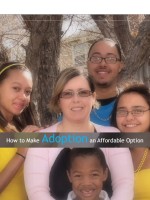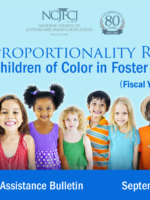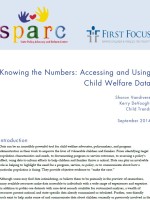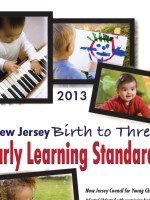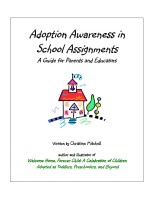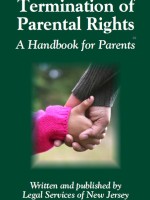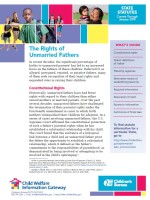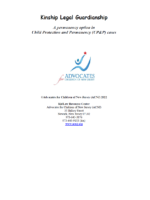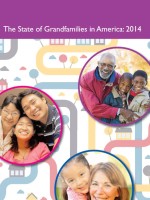
About 7.8 million children live in grandfamilies. Some grandfamilies are multigenerational households where families pool resources and grandparents provide care so parents can work. In others, grandparents or other relatives have stepped in to keep children out of foster care when parents are unable to care for them. Sometimes grandparents have stepped in and a parent may still be present and living in the household, but not providing for most of the basic needs of a child, such as a teen parent. In other instances, grandparents receive a call in the middle of the night from child protective services and become full-time, sole caregivers to their grandchildren in a matter of hours. While grandparents are more often the relative that steps in, these scenarios also play out with aunts, uncles, older
siblings, and even close family friends.

